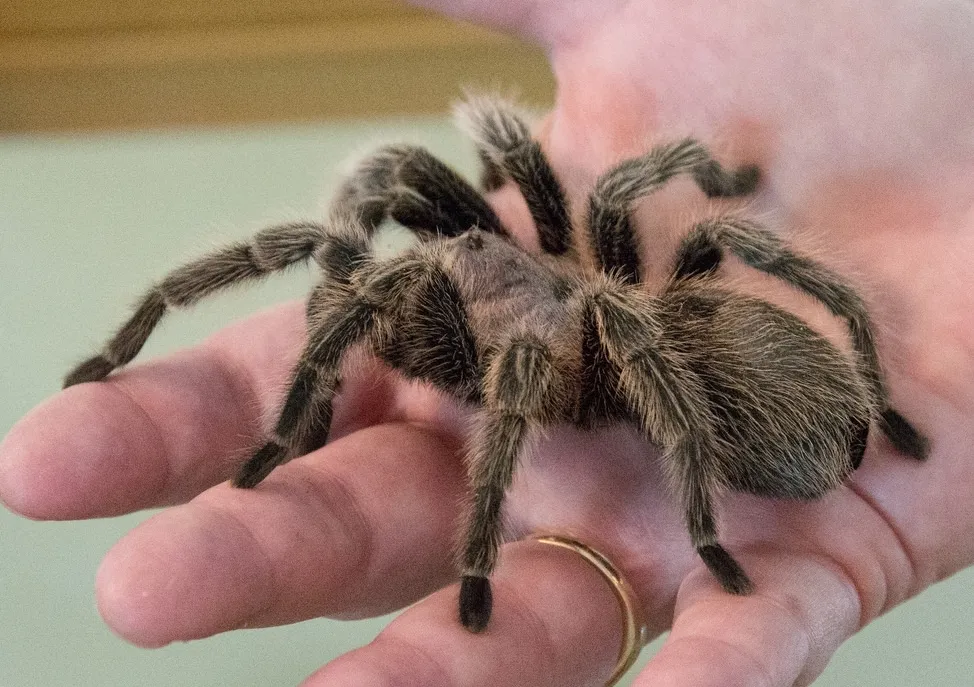What is a Trica Tarantula?
The Trica tarantula, a captivating creature, belongs to the Theraphosidae family, which is a diverse group of spiders commonly known as tarantulas. These fascinating arachnids are renowned for their size, often considered among the largest spiders in the world. Native to various regions across the globe, they are popular among pet owners due to their relatively docile nature and striking appearance. Despite their intimidating size, most tarantula species, including the Trica, are not considered highly venomous to humans, though a bite can still be painful. The Trica tarantula is a fascinating example of nature’s diversity and beauty, offering a unique glimpse into the world of arachnids and captivating enthusiasts worldwide.
Appearance and Characteristics
Trica tarantulas exhibit a range of colors and patterns, from earthy browns and tans to vibrant hues, making them visually appealing. Their bodies are divided into two main parts the cephalothorax (fused head and chest) and the abdomen. Covered in fine hairs, they have eight legs, two pedipalps (used for sensing and manipulating prey), and two chelicerae (fangs) for injecting venom. Their size can vary considerably depending on the species and individual, with some reaching impressive leg spans. Their physical attributes are not only for aesthetic purposes but also play a crucial role in their survival, providing camouflage and aiding in their hunting and defense strategies.
Size and Physical Traits
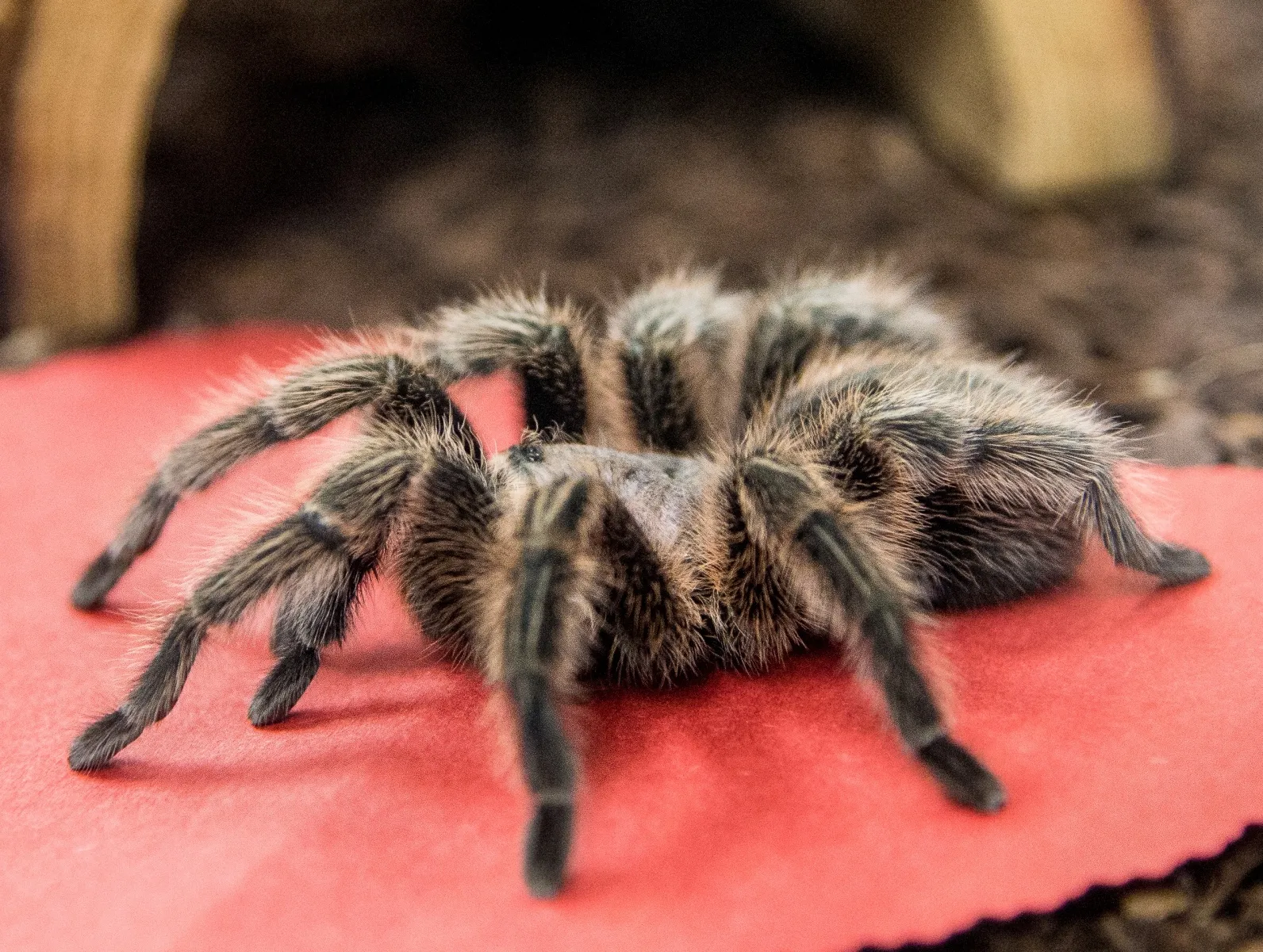
The size of a Trica tarantula is a significant aspect of its characteristics, with some species growing to impressive sizes. The leg span, the measurement from the tip of one leg to the tip of the opposite leg, is often used to describe their size. Their bodies are generally covered with setae, small hairs that can serve various functions, including sensory perception and defense. Some tarantulas also have urticating hairs, which they can flick at potential threats, causing irritation. The combination of their size, coloration, and physical traits contributes to their unique appeal and role in their respective ecosystems. The overall size and appearance also help in the identification of the species.
Habitat and Distribution
Trica tarantulas inhabit various habitats, ranging from tropical rainforests to deserts and grasslands. Their distribution is quite extensive, with different species found across the globe. They can be terrestrial, living on the ground, arboreal, residing in trees, or even burrowing underground. Their habitat preferences greatly influence their behavior and adaptations. Understanding their natural habitats is crucial for their conservation and for providing the proper environment when kept as pets. Protecting their diverse habitats is essential to ensure the survival of these fascinating spiders and the ecosystems they are a part of.
Where do Trica Tarantulas live?
Trica tarantulas have their homes in the wild across different parts of the world. Each species has a specific preference regarding the type of location they prefer to live in, this is determined by their natural requirements and the environment they are accustomed to. Whether it’s a humid forest, dry desert, or grasslands, they can thrive in diverse climates. Understanding where these tarantulas are found helps in appreciating their adaptability and the importance of preserving their natural habitats. The environmental conditions of the location greatly influence their survival.
Behavior and Temperament

Trica tarantulas are generally known for their relatively docile temperament, making them popular pets for arachnid enthusiasts. While they may appear intimidating due to their size, many species are not aggressive and prefer to avoid confrontation. However, their behavior can vary depending on the species, individual personality, and environmental factors. They often exhibit defensive behaviors, such as flicking urticating hairs or raising their front legs to appear larger. It is crucial for owners to handle them with care and respect their space. They are typically nocturnal creatures, being most active during the night, and they spend much of their time in their burrows or hides.
Is the Trica Tarantula aggressive?
The aggressiveness of a Trica tarantula can vary significantly between different species and even among individuals within the same species. Most tarantulas are not inherently aggressive and would prefer to retreat rather than attack. However, they may display defensive behaviors, such as raising their front legs or flicking urticating hairs, when they feel threatened. Bites are rare but can occur if a tarantula feels cornered or provoked. Handling should always be done with caution and respect for the spider’s space. The overall temperament of the tarantula also depends on how well it is being taken care of and the environment it lives in.
Feeding and Diet
Trica tarantulas are carnivores, and their diet primarily consists of insects, but also other invertebrates and, occasionally, small vertebrates. Their feeding habits vary depending on their size and species, as well as the availability of prey. Young tarantulas typically consume smaller insects, such as fruit flies or pinhead crickets, while adults can handle larger prey, like roaches, mealworms, and even small mice. They ambush their prey, injecting venom to paralyze them before consuming them. Proper feeding practices, including offering appropriately sized prey and ensuring a balanced diet, are essential for the tarantula’s health and well-being.
What do they eat?
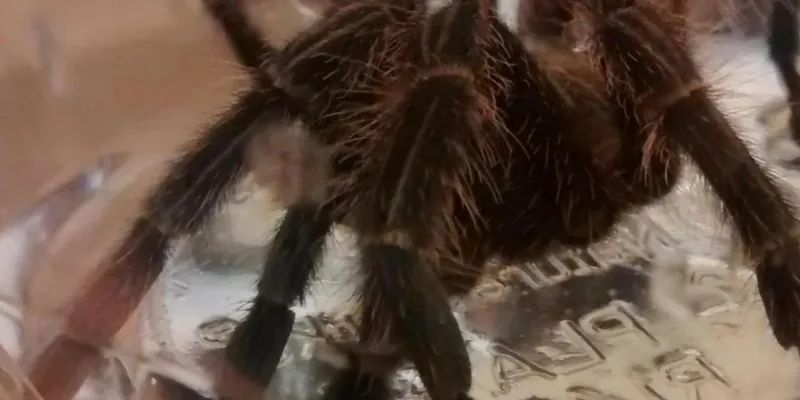
The diet of a Trica tarantula primarily consists of insects, making them obligate carnivores. Crickets, mealworms, and roaches are popular choices for feeding these spiders, and the size of the prey offered should be appropriate for the size of the tarantula. They will also eat other invertebrates that are available, and some larger species will even eat small vertebrates such as mice. It is important to offer a varied diet to ensure they get all the necessary nutrients. The food needs to be fresh to keep the tarantula healthy. Their feeding habits greatly influence their survival.
Molting Process
Molting is a natural process for tarantulas, where they shed their exoskeleton to grow. This process is essential for their development. During molting, the tarantula forms a new, larger exoskeleton beneath the old one. The old exoskeleton splits open, and the tarantula emerges, leaving behind its old shell. After molting, the tarantula is vulnerable and needs time to harden its new exoskeleton. It is crucial to avoid disturbing the tarantula during this process. Providing a proper environment and ensuring they have a place to molt safely is crucial.
Why do they molt?
Molting is a critical process for tarantulas, allowing them to grow and replace their old exoskeleton. As the spider grows, its outer shell becomes too small, and the molting process is necessary to shed the old exoskeleton. This also allows them to replace damaged limbs or body parts. Each molt also provides an opportunity to get rid of parasites. The molting process can be stressful for the tarantula, and it is a crucial time for them to be left alone to ensure their safety and proper development. The molting cycle can vary depending on the tarantula’s age and species.
Lifespan and Reproduction
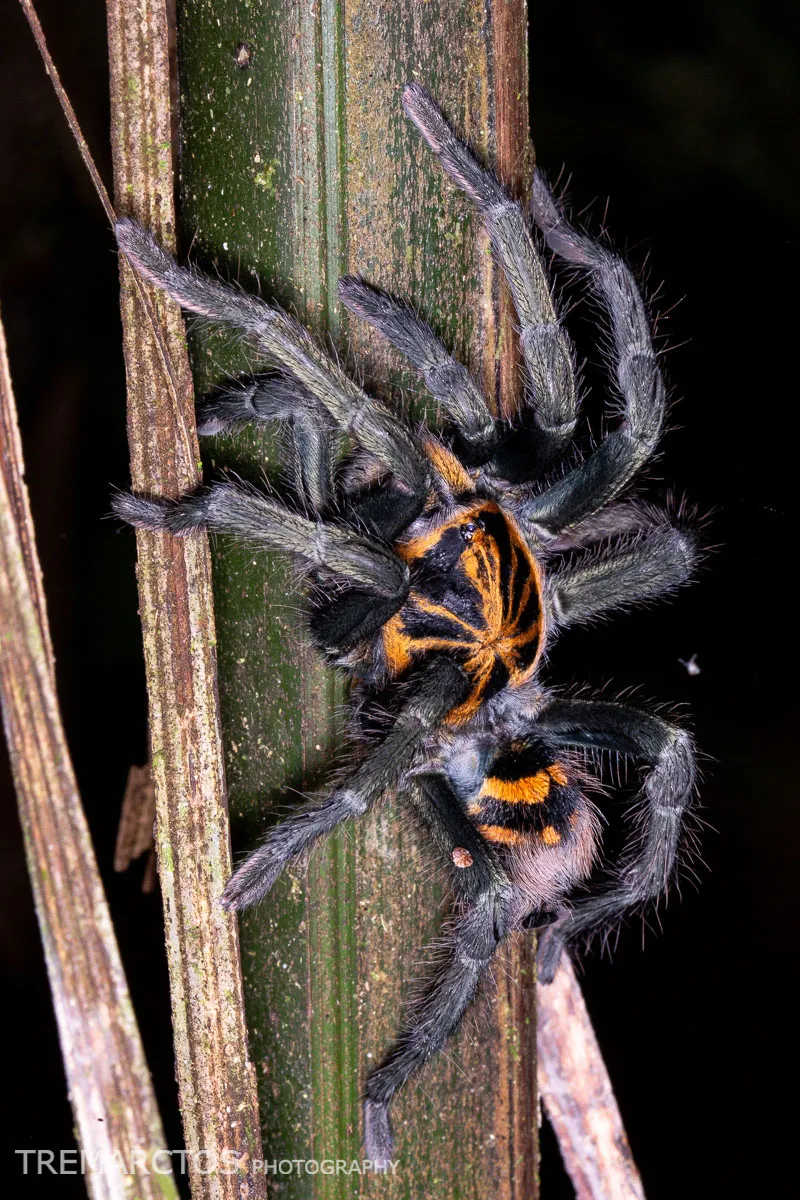
Tarantulas can live for many years. Female tarantulas generally live longer than males. The lifespan can vary significantly between species, with some females living for over 20 years. Males, on the other hand, often have a shorter lifespan, typically a few years after reaching maturity. Reproduction involves the male using his pedipalps to transfer sperm to the female. The female then creates an egg sac to protect the eggs. The young tarantulas, known as spiderlings, go through several molts as they grow. Providing a suitable environment and understanding their life cycle is important for both pet owners and conservation efforts.
How long do they live?
The lifespan of a Trica tarantula depends on the species and sex of the tarantula. Females of certain species can live for a remarkable period, often exceeding 20 years. Males typically have a shorter lifespan, often living only a few years after reaching maturity. These significant differences in lifespan are related to the reproductive strategies and biological characteristics of the species. The care that the tarantula receives also helps extend the lifespan. A proper environment and diet can contribute to a longer life for these fascinating arachnids.
Conservation Status
The conservation status of tarantulas varies by species. Some species are considered endangered due to habitat loss, over-collection for the pet trade, and other threats. Conservation efforts are in place to protect these spiders. It is important to be aware of the conservation status of a species before acquiring a tarantula as a pet. Supporting ethical practices, such as purchasing captive-bred tarantulas from reputable breeders, is crucial to ensuring that these amazing creatures survive. Protecting the wild environments where they live is also vital for their survival.
Are they endangered?
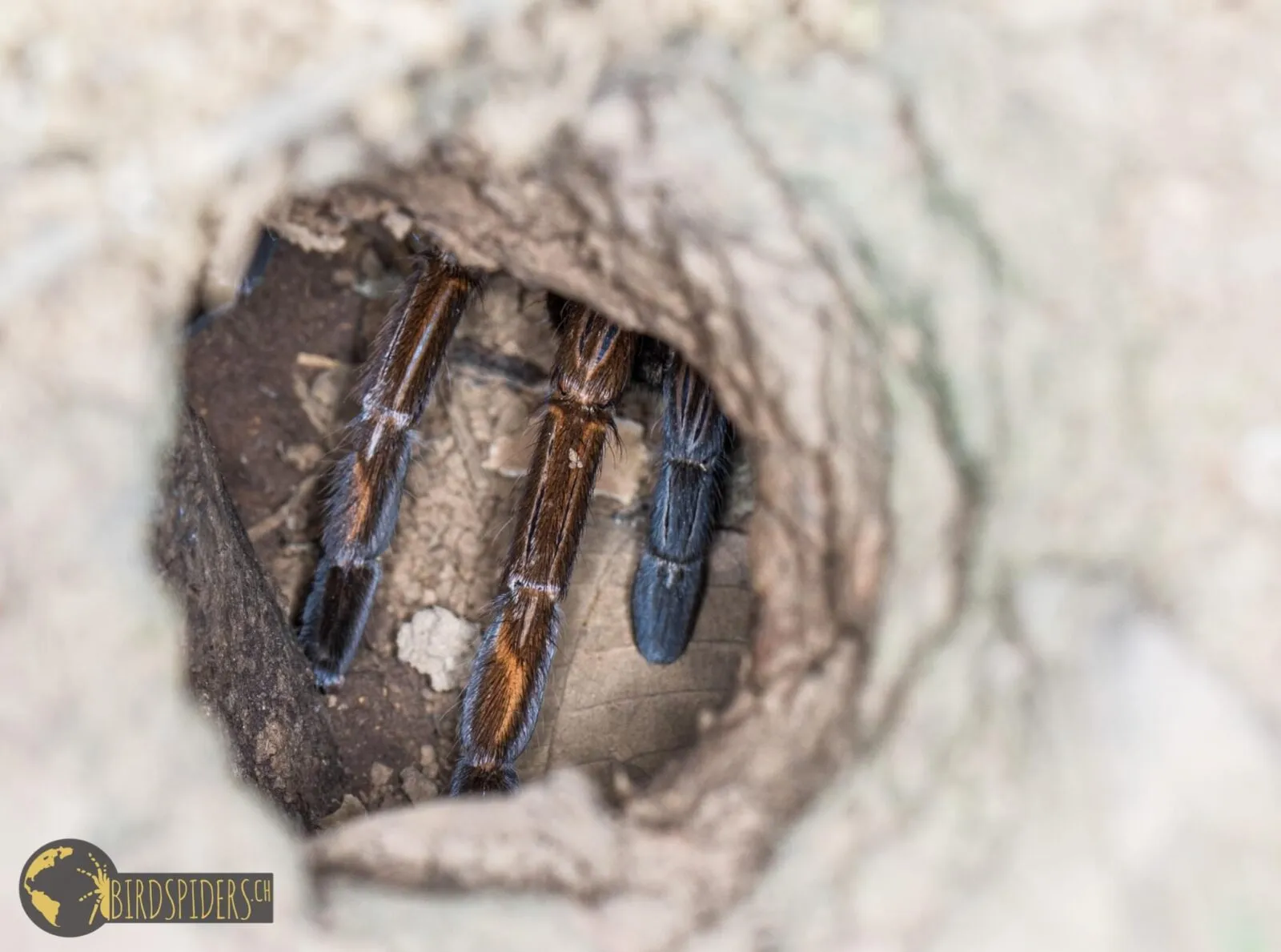
The endangerment status of tarantulas depends on the specific species. Some tarantula species are listed as endangered or threatened due to various factors, including habitat loss, over-collection, and the effects of climate change. Others are more abundant and are not facing the same level of risk. The conservation status of a species is a dynamic evaluation that can change over time. Therefore, it is essential to stay informed about the latest information on their conservation status and how to contribute to their protection. Careful practices, such as purchasing captive-bred tarantulas, can support the health of these spiders.
